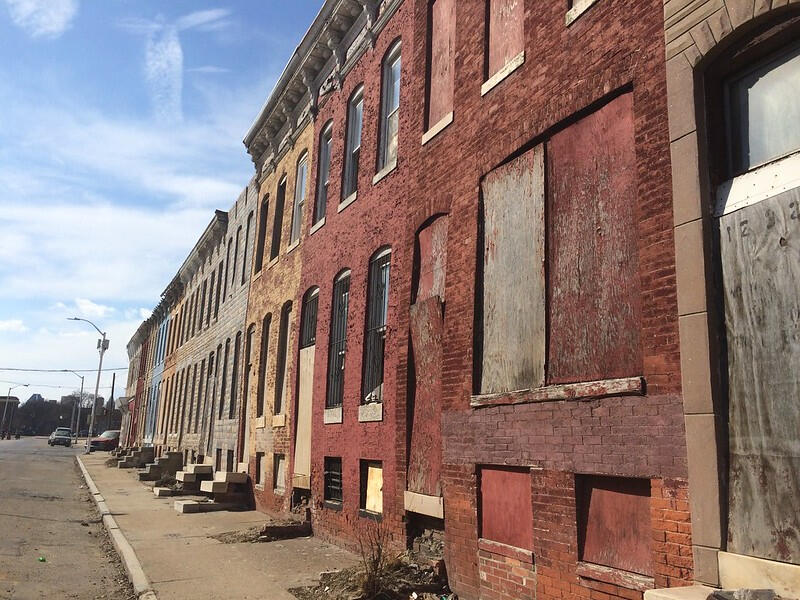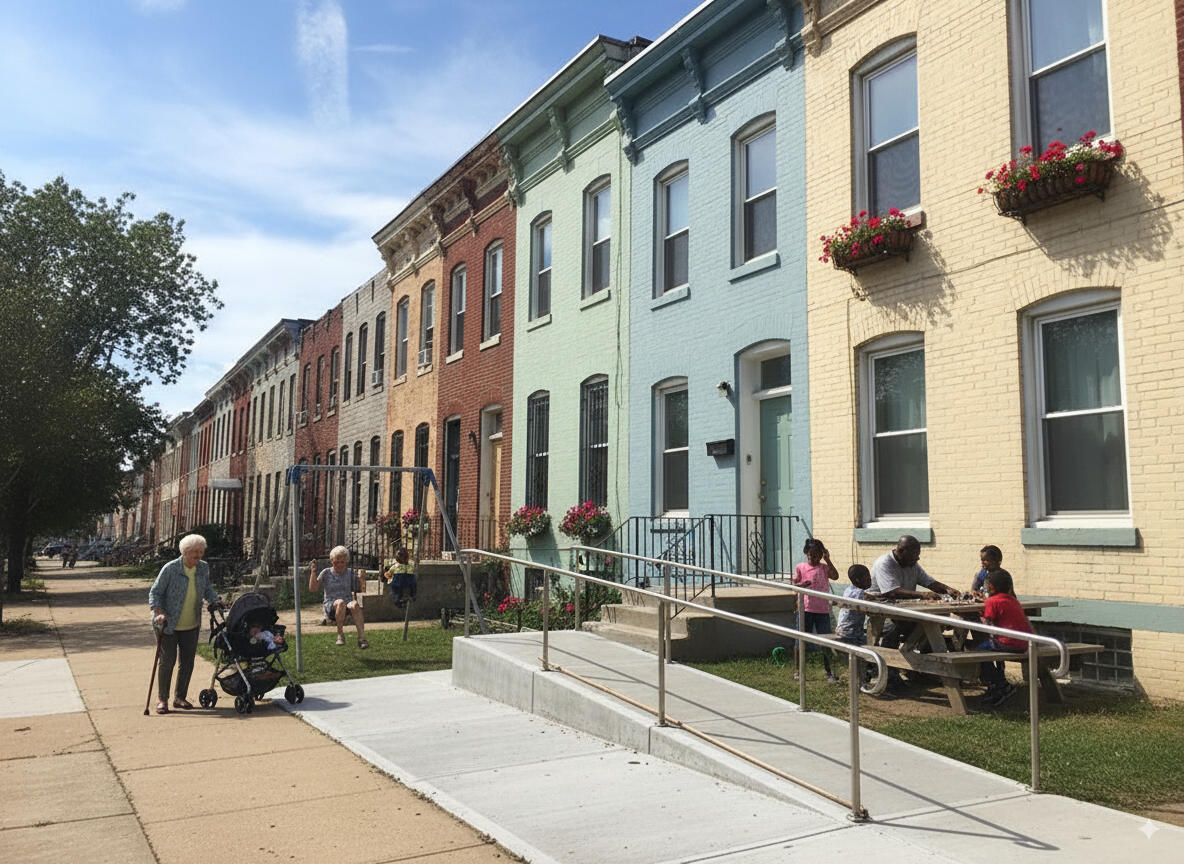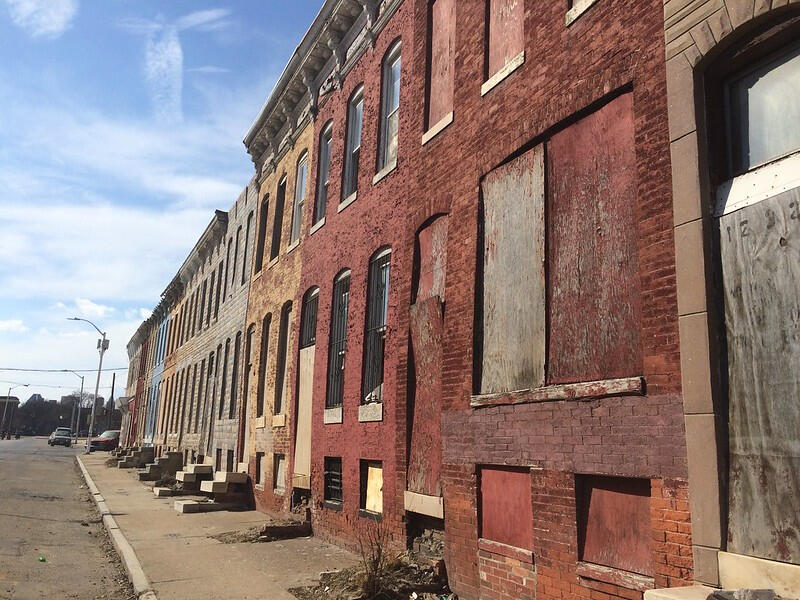
We Don’t Just Rebuild Houses We Restore Communities
Transforming Baltimore's abandoned properties into affordable, accessible housing for seniors and people with disabilities.
Let's Talk
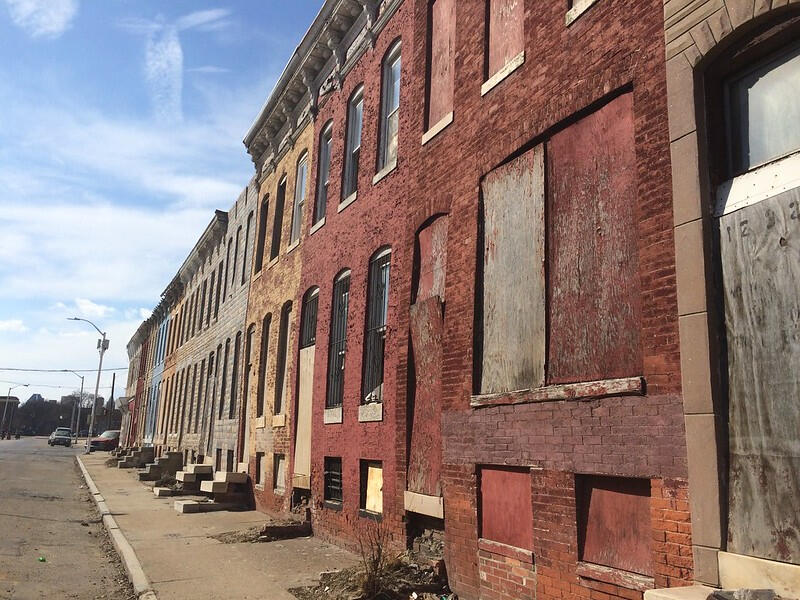
Transforming Vacant Homes into Affordable
& Accessible Housing
The thousands of empty houses across our city represent the single greatest resource we have to build the thousands of accessible homes our communities desperately need.Let's take the oversupply of vacant properties and serve our seniors, veterans, and the disabled by creating modified floorplans for accessibility and aging-in-place.
Let's Talk
Not just Re-building,
Re-Imagining Baltimore
Imagine transforming Baltimore's current housing stock of over 15,000 vacant and abandoned rowhomes into affordable and accessible housing, with modified floorplans, to meet the accessibility needs of our most vulnerable population; the elderly, people with disabilities, our veterans.
The thousands of empty houses across our city represent the single greatest resource we have to build the thousands of accessible homes our communities desperately need.
By transforming vacant houses into accessible homes, we rebuild neighborhoods and empower residents to age in place.
Our Blueprint
Our Plan is Simple
Baltimore is facing two crisis; the crushing weight of thousands of abandoned houses and the silent crisis of our elders and neighbors with disabilities being forced from the communities they love for lack of safe, accessible housing.
We transform distressed, vacant, and abandoned properties into modern, affordable, and accessible homes designed for multi-generational living, allowing our most vulnerable residents to age with dignity, in place.
We are Baltimore natives and developers with experience, a vision, and an opportunity. Let's work together to rebuild Baltimore and help our seniors, veterans, and our disabled residents.
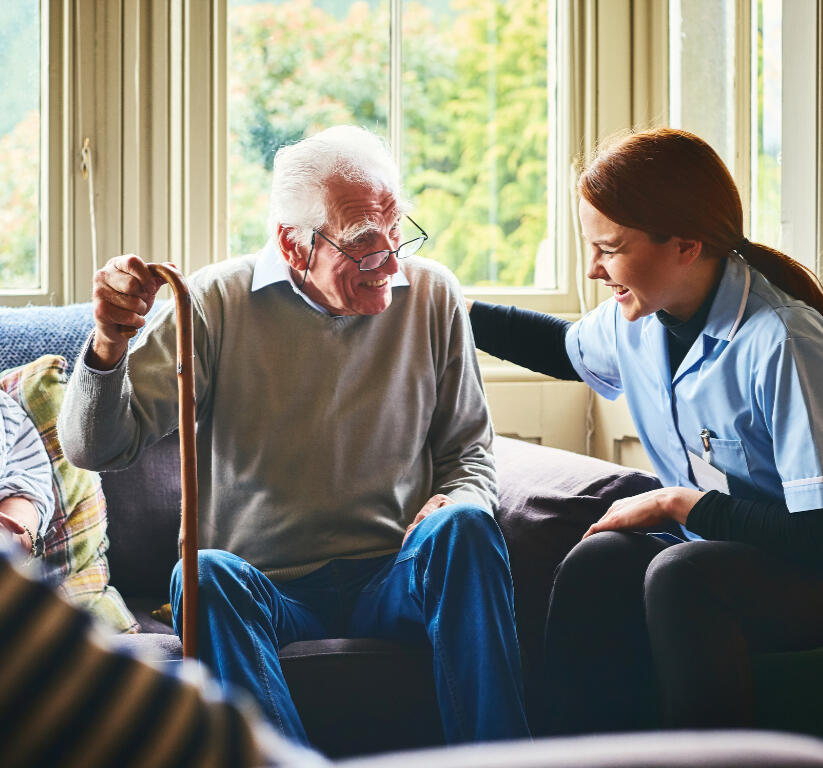
Our Seniors, veterans, and disabled residents need our help
An Urgent Need We Can't Ignore
What happens when someone can no longer climb the stairs to reach the bathroom? They become trapped in their own homes—isolated, unsafe, and stripped of their independence.Today, more than 125,000 Baltimore seniors and over 80,000 residents with disabilities are facing a dire shortage of accessible housing. Less than 1% of our city's homes are designed for wheelchairs or walkers, while 15,000 vacant properties sit unused. Our most vulnerable residents deserve better.
Key Baltimore City Statistics:
125,000+ Seniors (aged 60+) live in Baltimore City
82,000+ Residents are living with Disabilities
Less than 1% of Housing Stock is Wheelchair Accessible
Less than 5% of Housing is Accessible for People with Moderate Mobility Needs
15,000+ Vacant or Distressed Properties Waiting to be Transformed
rebuilding more than just homes
The Burdon of Over-Supply
The Economic Deadweight of Vacancy
Baltimore's landscape is scarred by over 15,000 vacant and abandoned properties—a profound economic drain that costs our city at least $200 million annually. This isn't just blight; it's a cascading crisis that devastates neighborhoods, suppresses property values, and widens the racial wealth gap in communities that have already suffered decades of disinvestment.
The impact ripples outward, creating a "contagion effect" that suppresses the property values of hardworking homeowners by as much as 30% for homes within 200 feet of a vacant property.This burden falls disproportionately on majority Black neighborhoods, which have been historically redlined and continue to bear the brunt of disinvestment, thereby widening the racial wealth gap.
The thousands of empty houses across our city represent the single greatest resource we have to build the thousands of accessible homes our communities desperately need.
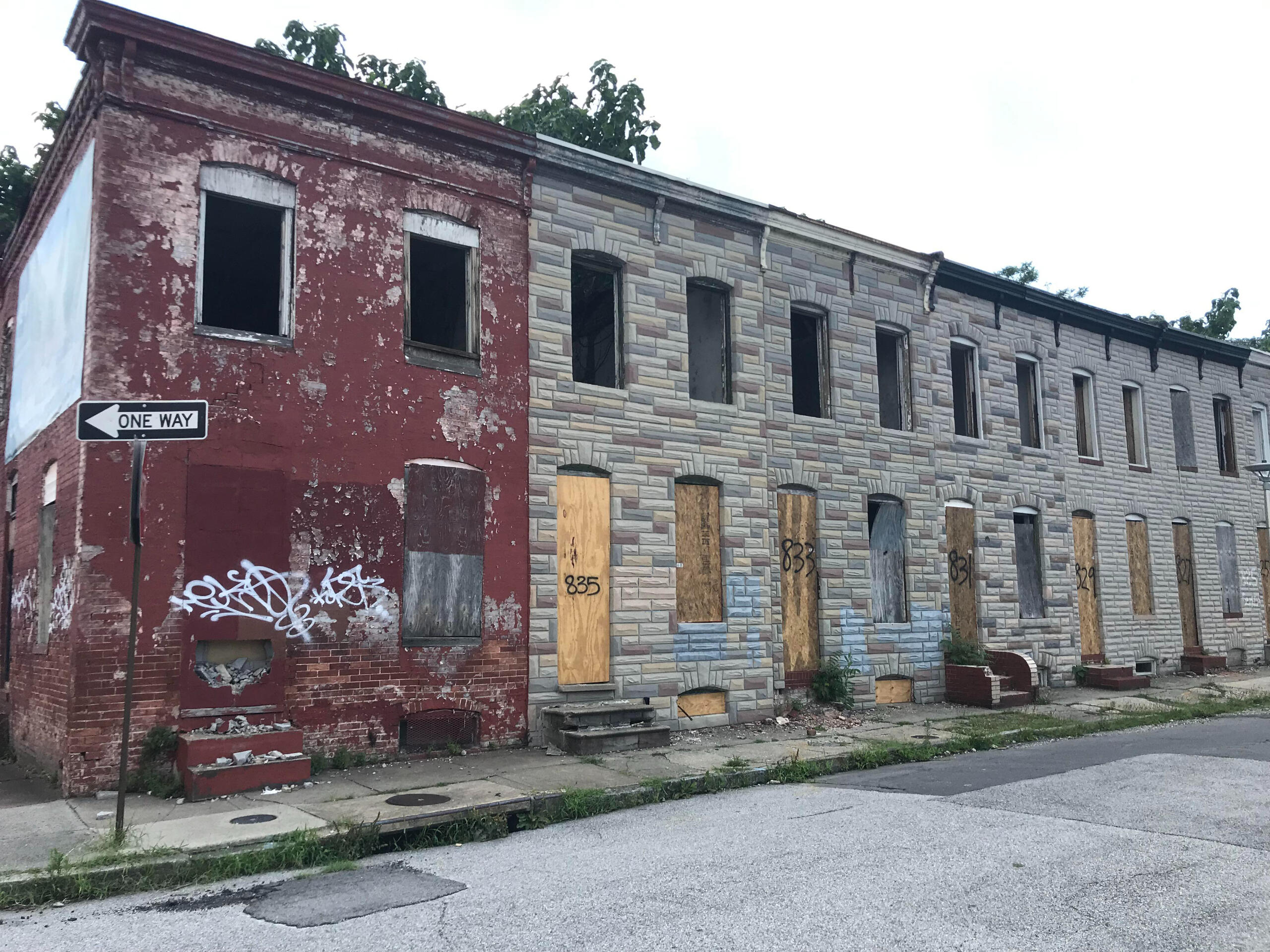
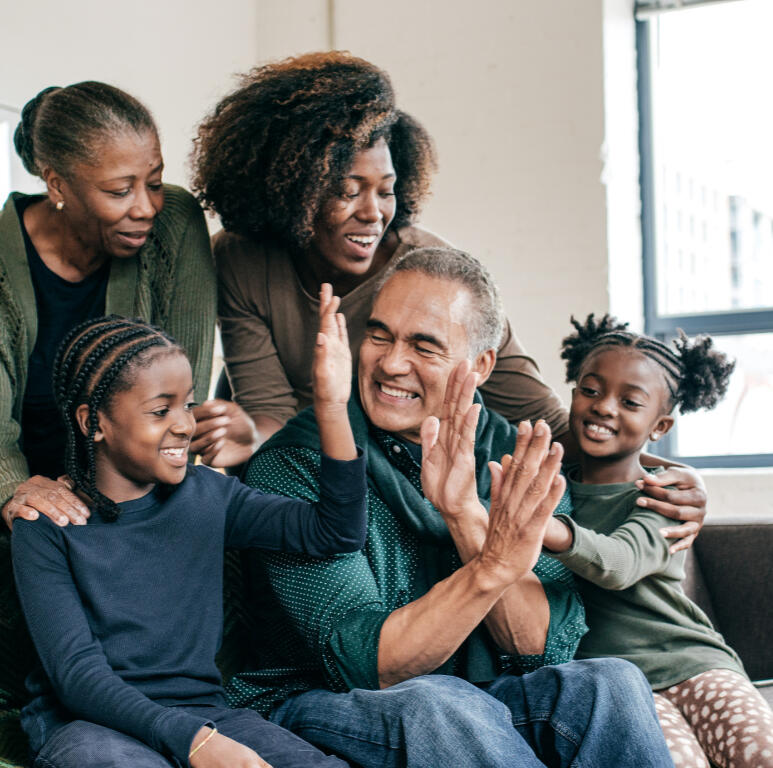
The Promise of Increased Demand
A Silver Tsunami Meets a Housing Shortage
The Aging Population Needs our Help
Baltimore is home to over 125,000 residents aged 60 and older, a population that grew by over 17% in the last decade alone. They are joined by over 82,000 residents living with a disability. Yet, our housing stock is dangerously unprepared for this demographic reality.A recent statewide assessment confirmed a severe shortage of suitable and affordable housing options for older adults, many of whom wish to remain in their communities. Nationally, less than 1% of housing units are fully wheelchair accessible, and only about 5% are equipped for those with even moderate mobility difficulties.
The thousands of empty houses across our city is the single greatest resource we have to build the thousands of accessible homes our communities desperately need.This reframes the vacancy problem from a pure liability into a proactive solution at the scale required to solve our accessibility crisis.
Strategic Alignment with Public Policy
Our mission directly supports Mayor Brandon Scott's commitment to eliminating vacant properties and Governor Wes Moore's landmark Reinvest Baltimore initiative. We're not asking the city to choose between housing accessibility and neighborhood revitalization—we're delivering both.
Provide your details below, and we’ll contact you to discuss our upcoming projects. Let's work together re-build baltimore.
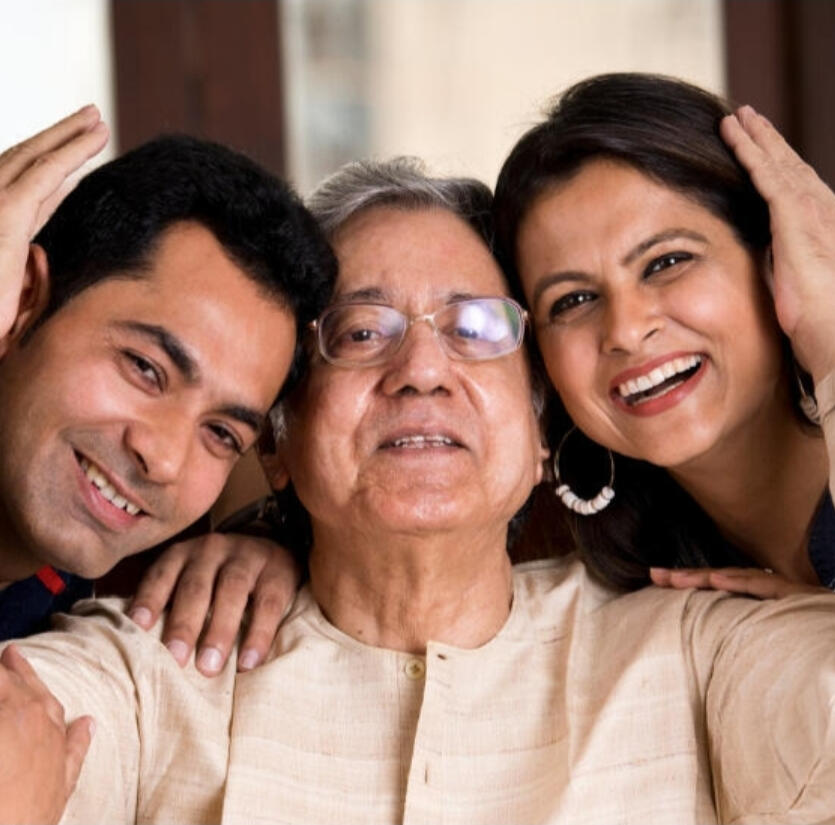
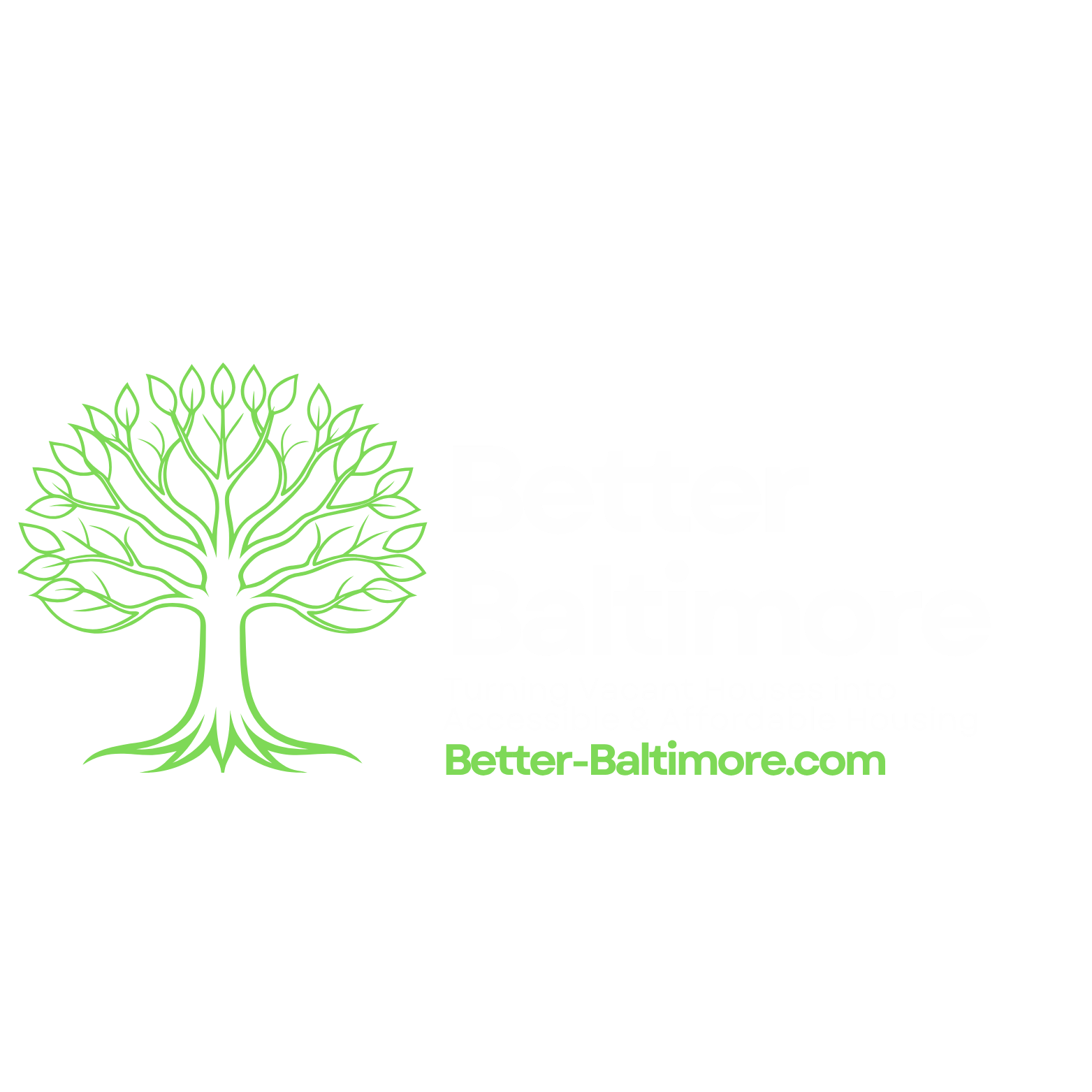
Let's Rebuild Baltimore's Promise, Together.
The challenges facing Baltimore are great, but our collective will is greater. The blueprint is clear, the need is urgent, and the opportunity for transformative change is right in front of us. Better-Baltimore is seeking to build powerful partnerships with organizations that share our vision for a more inclusive and prosperous city.
We are local developers with experience, a vision, and an opportunity.
